- | 8:00 am
Could this one reusable container be used for . . . everything?
A new type of refillable container is coming for Scandinavia, and it could work for everything from soap to cereal.
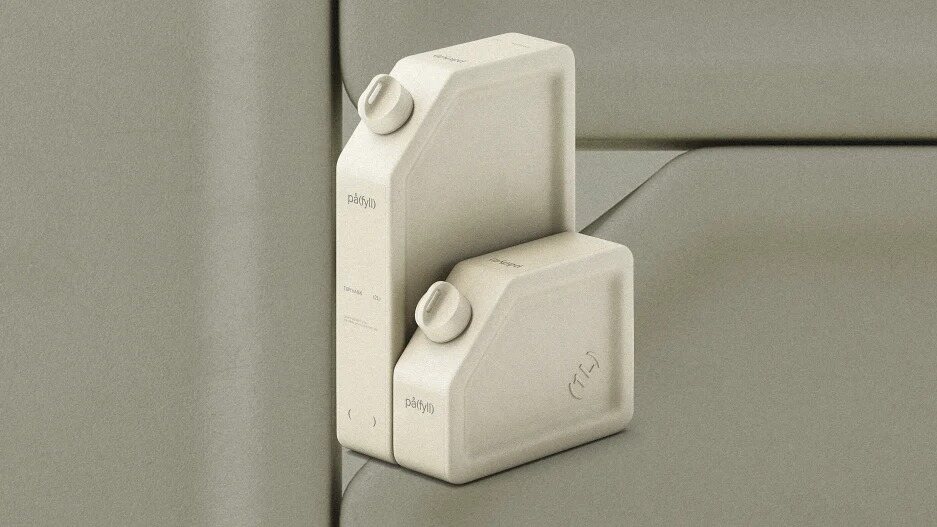
One of the largest sources of waste is not even the stuff we buy. It’s the stuff that holds the stuff we buy. More than a quarter of our landfill waste is just packaging. It’s the cardboard, plastic, and brightly branded disposable containers that we can sometimes stick into recycling but, 91% of the time, ends up in the dump anyway.
Projects like Loop offer products including razors in reusable containers, and you can always try to shop around the problem a little. But we’ve yet to see anything approaching a universal solution to packaging waste in the U.S.
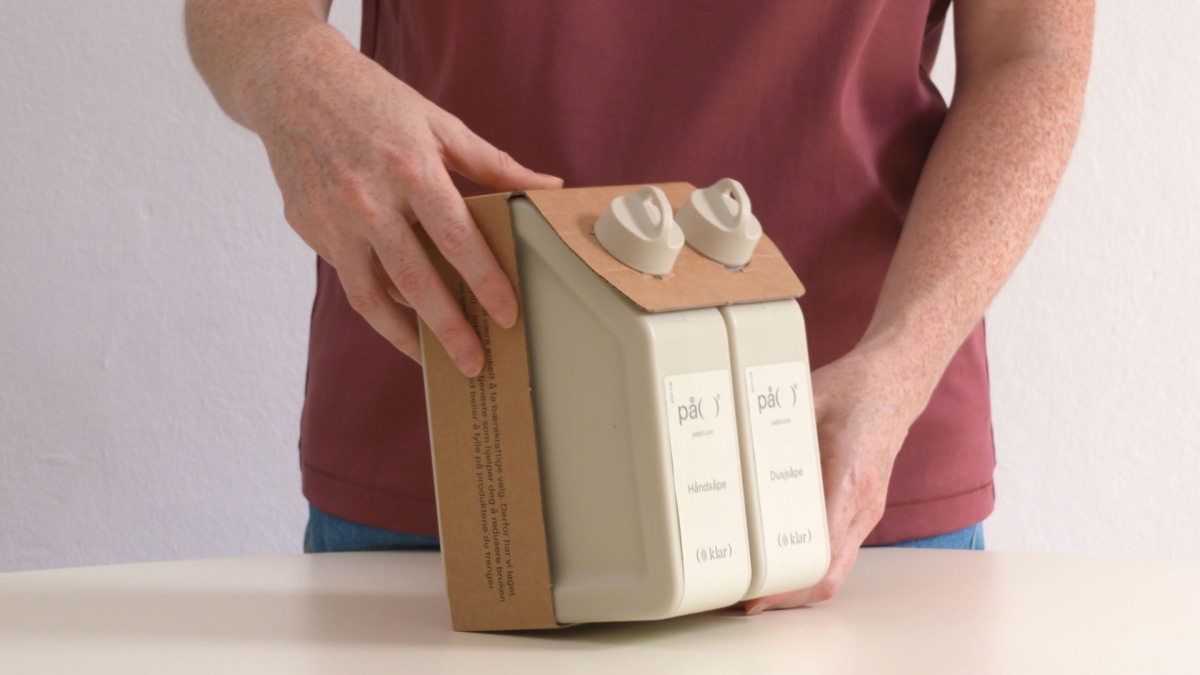
However, over in Sweden and Norway, Orkla (think of it like the nordic Nestlé) has begun testing a new, universal reusable container and delivery service called På(fyll)—which translates to “pour fill.” A finalist in Fast Company’s 2023 Innovation by Design Awards, På(fyll) is an app-based subscription service for Orkla’s household products, such as dish detergent and cleaning spray. At its heart lives a special, reusable container developed by the design firm, Form Us With Love (FUWL). It’s a utilitarian hold-it-all, made of an easily recycled plastic. With a bare minimum of branding, it stacks efficiently on your shelves, where one filled with liquid soap can be stored to refill your soap dispenser. When it’s empty, you leave it outside to be exchanged.
“That industry has been mainly about overdesigning: ‘How do we design so people fall in love with the store and want to buy it?’” says FUWL cofounder Jonas Pettersson. På(fyll) focuses on everything else—namely, the experience of living with a box after you’ve purchased it.
På(fyll) products are purchased online. To refill anything you like, there are no set schedules or subscriptions. Instead, you scan a QR code on the side of the container to order a refill, leave the empty containers on your porch, and wait for them to be exchanged with filled ones.

The design, which represents a full two years in development led by FUWL, is functional to its core. The shape almost resembles a gas can, but it is, in fact, inspired by the squared-off form of a book to fit easily on a shelf. Its edges protrude to make it easier to grab, and also to help them “Jenga” together cleanly. (The larger container is two liters, while the smaller one-liter containers can be stacked to the exact height of the two-liter.) The precise heights were informed by kitchen research that Form Us With Love conducted with Ikea over the course of several collaborations.
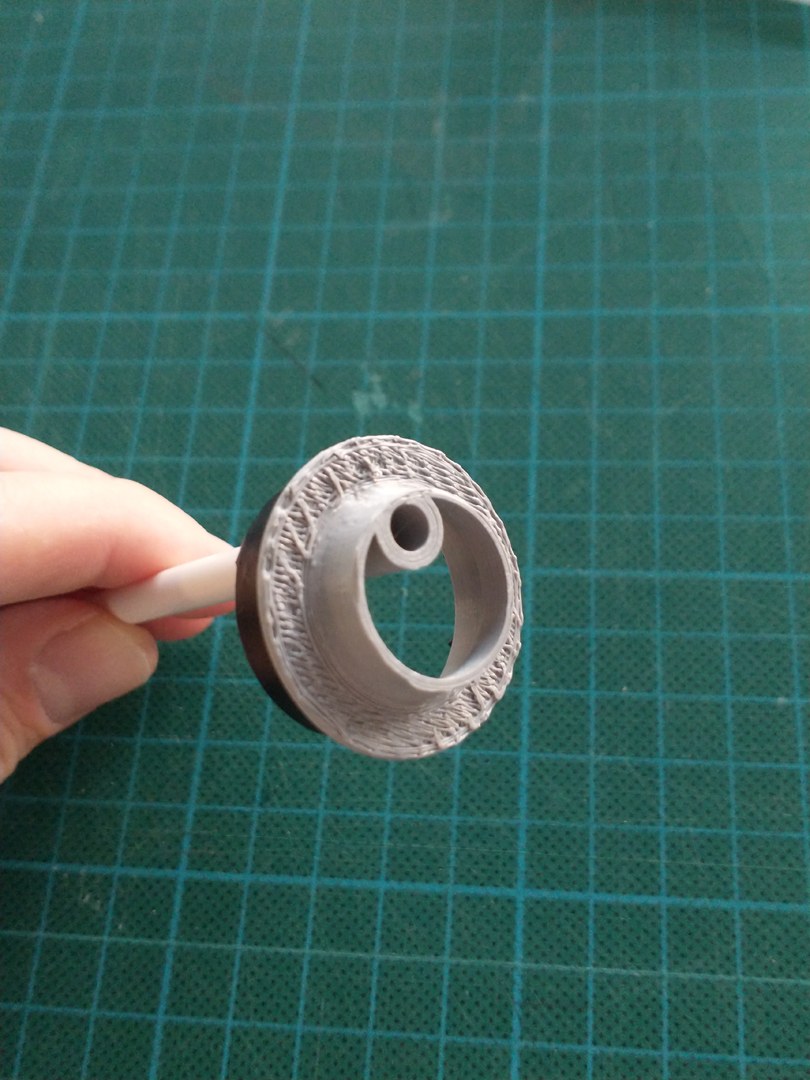
The nozzle was optimized after testing liquids of several viscosities, and even powders. Note the straw-like tube, which sucks air in as you pour to avoid the splashing of a glug-glug-glug. While it’s technically launching for liquids only, the team is already experimenting with how this same container can have different types of openings for a vast variety of products.
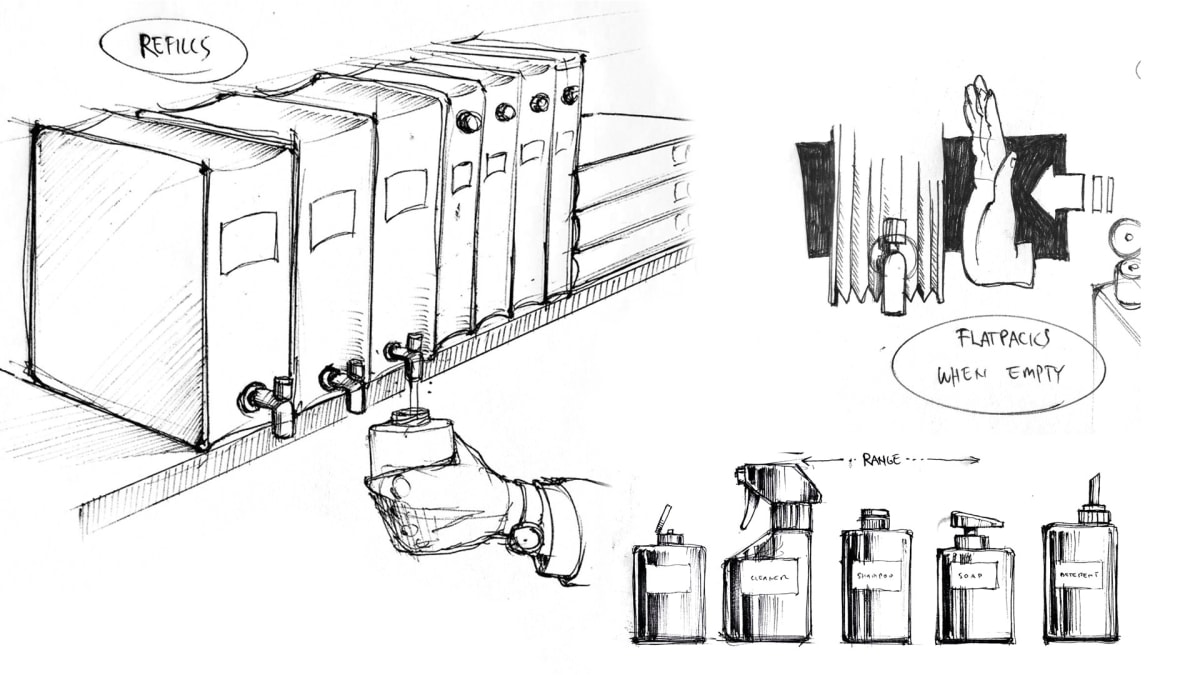
“We have been sketching alternative designs . . . where we’d have an opening for cereals and grains, or even toothbrushes, tampons, and stuff like that,” says FUWL product manager Karin Blomberg. (Blomberg says that På(fyll)’s containers, down the line, could hold goods from companies other than Orkla.)

As for the lid, it was designed with a small hole on top—which serves as a handle for your thumbs, and also, a helpful way to return the bottle. Once empty, you can remove the product’s label—a label which requires no brightly colored inks and is perforated in a way that it can easily double as a container tie. By looping a label through the lids, you can hang empty containers from a doorknob or hook to be collected. (Hooks are fairly popular in Norway for holding packages.) Through these relatively simple decisions, what could be a pile of milk jugs blowing in the wind is easily bundled for pickup, industrial washing, and reuse.
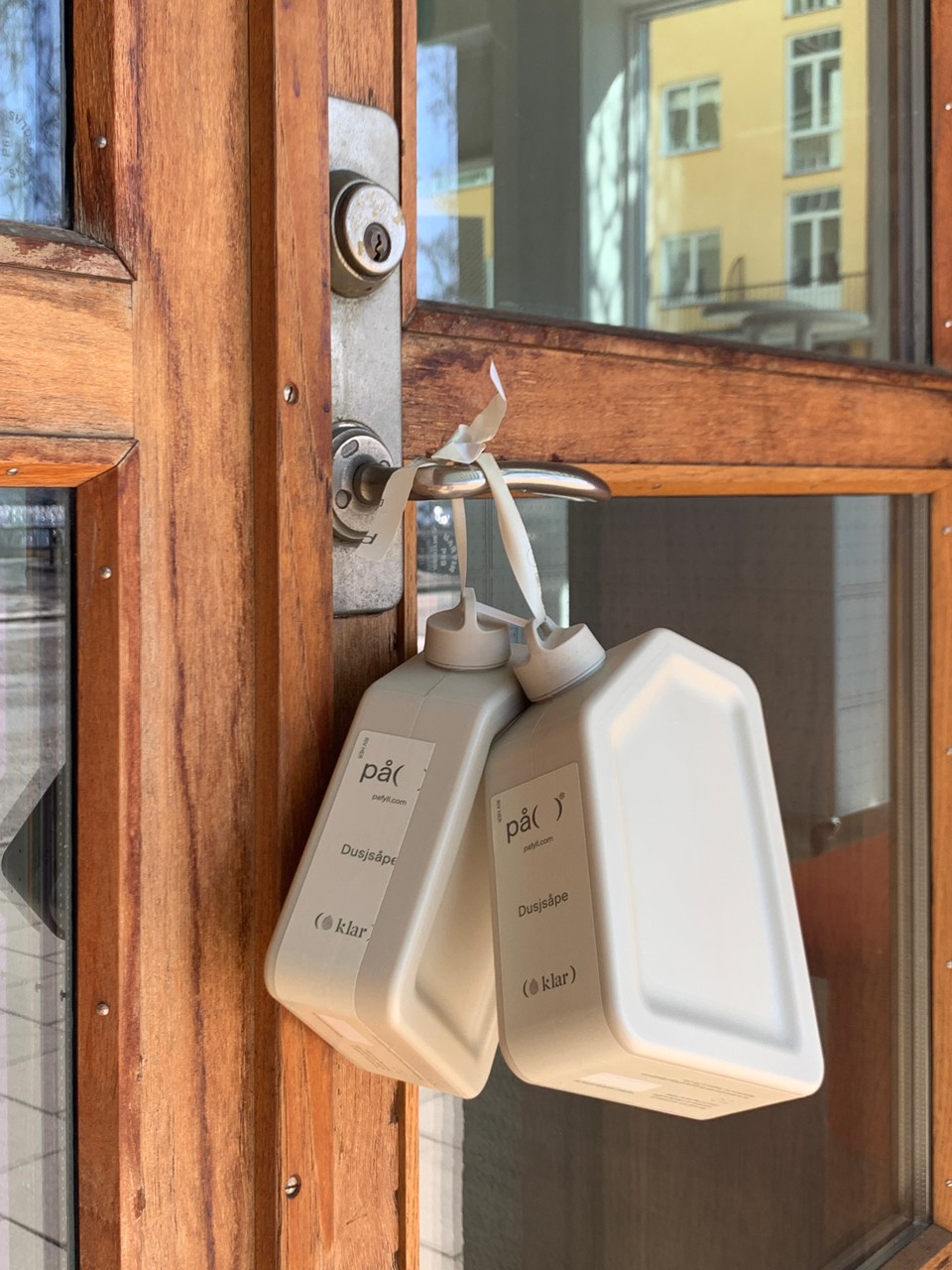
The team hopes to sell På(fyll) products to as many as 50,000 people over the next two years as the project scales. Notably, none of its core ideas are necessarily mind-blowing. Rather, they are thoughtful, and a demonstration of what is possible if companies can break free of their own inertia.
“A lot of packaging is the way it is because of tradition,” says Blomberg. “They just keep on doing the same way.”
And more often than not, that way simply ends up in the trash.





































